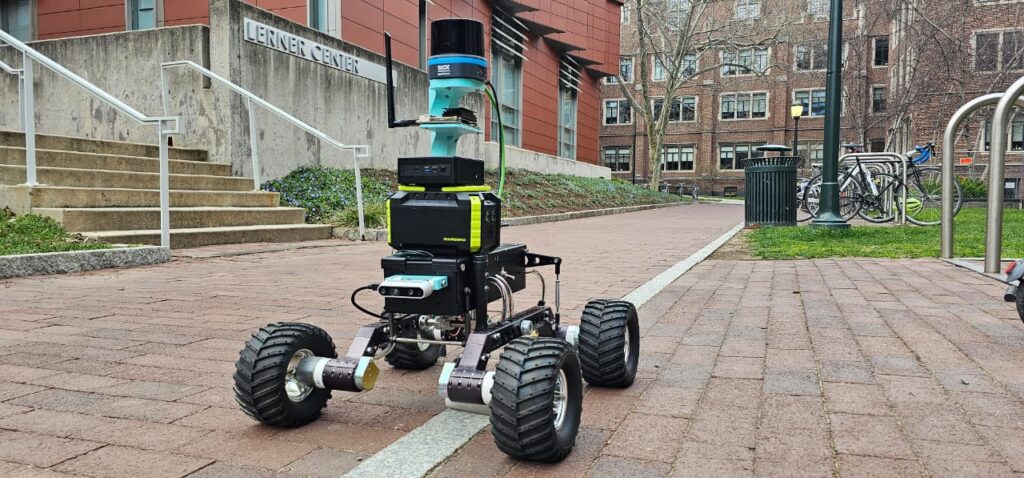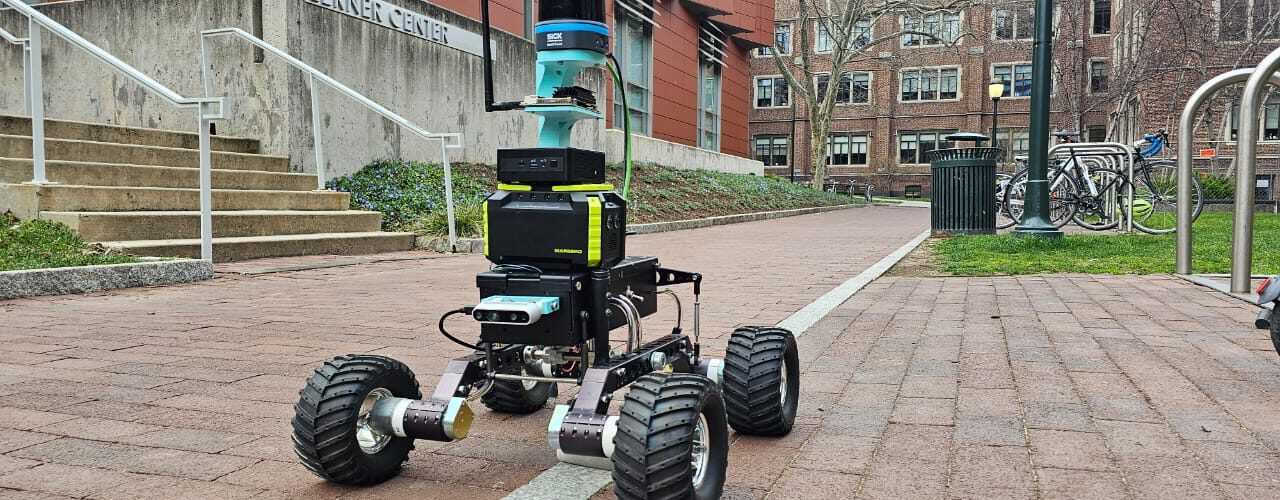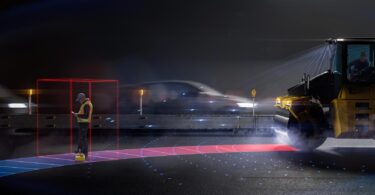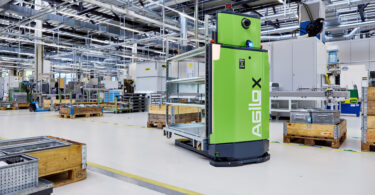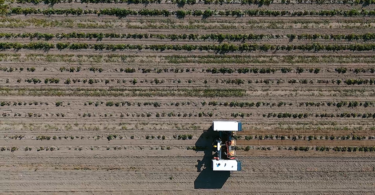First place winners of SICK$10K Challenge develop a solution to streamline parking lot maintenance
The parking lot striping field hasn’t seen much innovation in years—but it could benefit from some improvement. It is labor intensive and often requires work to be done in the odd hours of the day. That’s why the University of Pennsylvania SICK$10K team sought to bring about change to the currently mundane task of striping.
The SICK$10K challenge provides university students from all across the country with the chance to pair their drive for innovation with cutting edge technology from SICK. Participating students in 2024 received a SICK multiScan100, a 3D LiDAR sensor that can detect objects both indoors and outdoors. Winning team members from UPENN include Aditya Barge, Chandravaran Kunjeti, William Prosko, and Jason Xie, who worked together to develop a solution for what is now their company, Parking Lot Striping Co., for the SICK$10K challenge. However, it first began with a simple conversation.
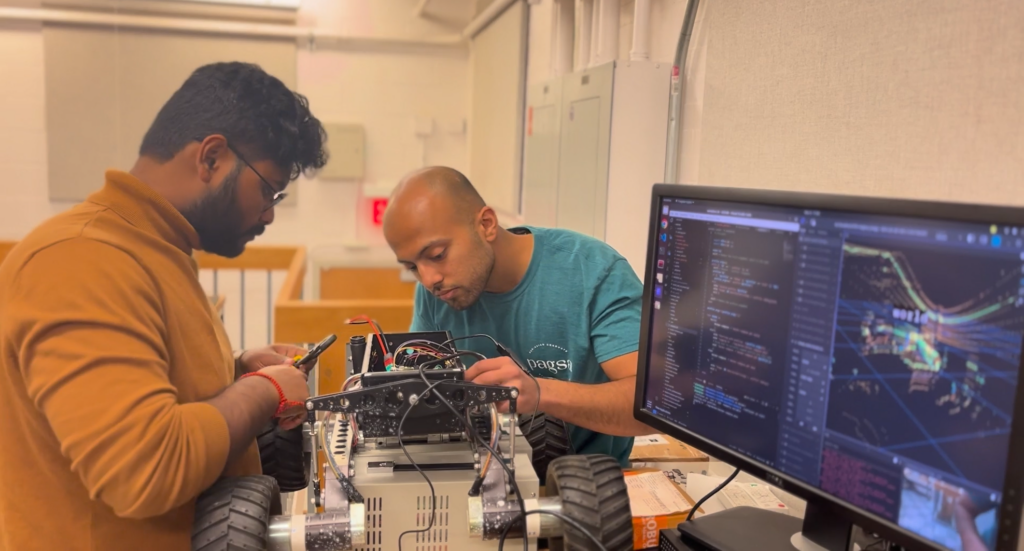
Why parking lot striping?
Team member William Prosko, a business student at UPENN, explained how he came across the issue of striping:
“I was talking to my wife’s best friend’s brother, who works in the industry, about what the day to day looks like, and he explained it was a pretty monotonous job. He was describing how to do the chalk lines and how there needs to be another person pushing the striping machine. I then had the thought that there’s got to be an automated way to do that.”
After this realization, Prosko heard about the challenge and joined the team of engineers. Together they began to learn more about the problem at hand. Not only is the task of painting these stripes mundane, but it also requires extensive training and skilled labor. To combat these issues, the team developed a semi-autonomous robot that can mark and paint parking lots, significantly reducing the amount of labor and time required of the crucial task.
Their solution is a paint sprayer robot that uses SICK LiDAR to create real-time localization of its surroundings to detect any obstacles. An essential piece of their robot is the multiScan100. It is used for object detection and localization. “The largest requirement with an outdoor navigation system is that it has a 3D map with multiple views of the entire area. We wanted something with high precision that could create sub-centimeter accuracy so it would follow regulations of a parking lot,” explained Kunjeti. The team decided that the multiScan100 would be a perfect fit for the innovation.
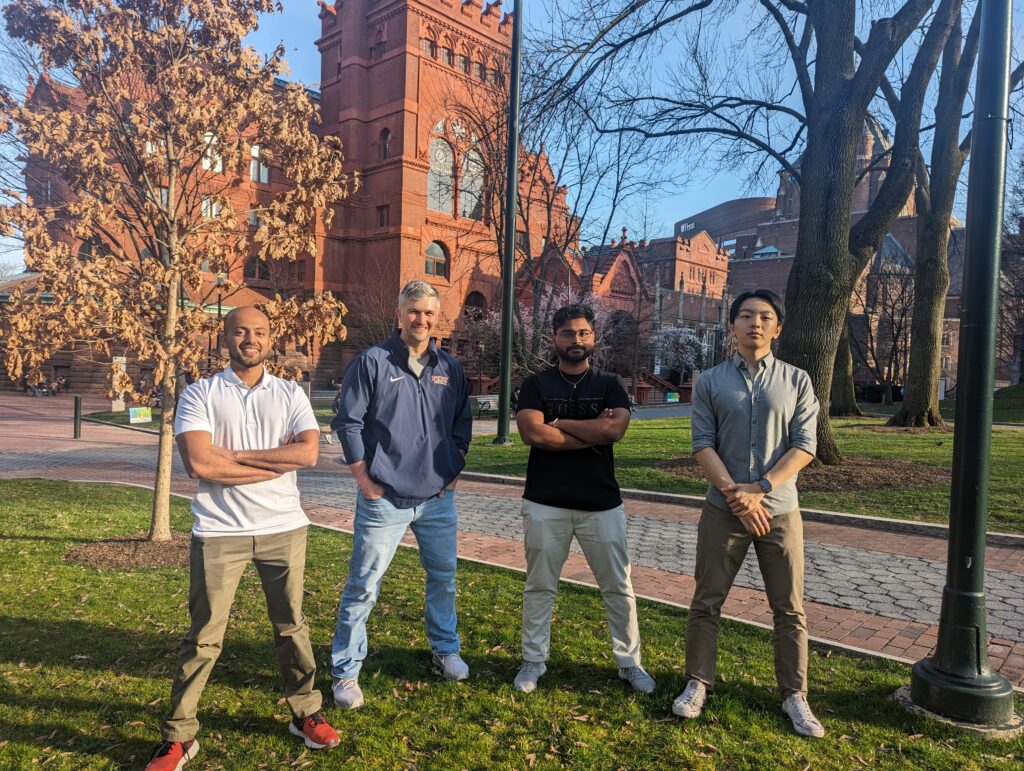
Next step: industry research
Next, the team conducted extensive market research and spoke to professionals in the industry to learn more information. They discovered that the industry is vast with a value between $6.5 to $7 billion. Additionally, the industry will not fade away, with cars being essential in society, and the need for reoccurring maintenance promises a consistent revenue stream. The team not only had to create a prototype for the innovation, but also determine where it fit into the marketplace.
“What I learned throughout this whole process is it’s not just about the tech. You may have the most innovative product that’s out there, but that doesn’t necessarily mean that people would buy or even use it. The parking lot industry is a fragmented sector with not one single major stake holder,” shared Kunjeti.
Prosko agreed, “What I took away from this is that challenges such as this do a good job of pairing business and engineering students together. The meeting of minds can even be further nurtured by universities so that teams like this can be formed, and when you can put great minds together, anything is achievable.”
What’s next for Parking Lot Striping Co.?
With their solution, they can reduce the time to paint an 18-foot, 4-inch wide line from two minutes down to just one. With continued advancements, the team is aiming to increase productivity six-fold and secure their spot in the market. Keep an eye out for Parking Lot Striping Co., as they are still developing their solution!
Their next step is to make the robot fully autonomous, eliminating the challenge of labor shortages in the industry. The parking lot striping robot is a game changer for streamlining this type of maintenance. This is just one great example of the SICK$10K challenge helping students gain valuable, hands-on experience while solving today’s problems. Watch the Sensor Connection blog for the second- and third-place winners’ team profiles!
